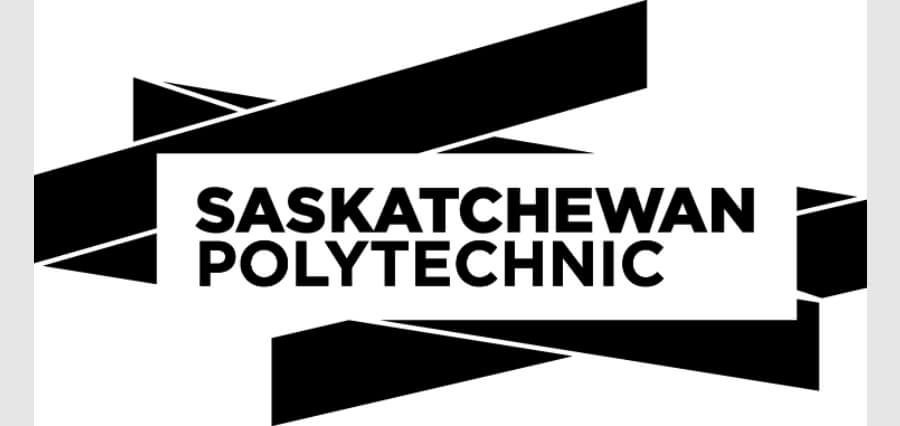Workforce diversity has become an essential component of successful businesses. Companies that embrace diversity and inclusion foster innovation, creativity, and a broader range of perspectives. To leverage the full potential of a diverse workforce, organizations need to develop comprehensive training plans that address their employees’ needs and challenges. This article guides you through the steps to create an effective organizational training plan for diverse workforces.
What Is Organizational Training?
Organizational training is the systematic enhancement of employees’ skills, knowledge, and competencies to boost performance and productivity. It includes orientation for new hires, ongoing professional development, and specialized programs for specific roles. The aim is to align employee capabilities with the company’s strategic goals, leading to higher job satisfaction, retention rates, and organizational agility. This includes promoting diversity, equity, and inclusion (DEI).
Cultural diversity and inclusion (CDI) organizational training is a fundamental aspect of fostering an inclusive work environment. CDI organizational training helps employees understand and appreciate cultural differences, reduces biases, and promotes respectful interactions. An effective CDI training program can enhance teamwork, improve communication, and increase employee satisfaction.
Steps in Developing An Organizational Training Plan for Diverse Workforces
A well-structured employee training plan or instructional design drives innovation and creativity. Employees from diverse backgrounds bring unique ideas and solutions to the table, ultimately contributing to the organization’s overall success and competitiveness. Below is a step-by-step guide to creating an organizational training plan for a diverse workforce.

Step 1: Conduct a Training Needs Assessment
The objective here is to identify the skills gaps, training needs, and specific requirements of diverse employees. Start by collecting input from employees, managers, and stakeholders through surveys, interviews, and focus groups.
Review performance data, productivity metrics, and feedback to pinpoint areas needing improvement. For example, employees might report difficulties in using new software due to insufficient training, or managers might observe that team members struggle with communication and collaboration.
Additionally, consider various dimensions of diversity, such as offering multilingual training materials. This helps accommodate linguistic differences and ensures content is accessible for employees with varying abilities.
Step 2: Define Training Objectives and Goals
Establishing clear, measurable objectives for the training program that align with organizational goals is crucial. Define specific, measurable, achievable, relevant, and time-bound (SMART) goals. Ensure these training objectives support the organization’s strategic goals and include goals promoting DEI.
In terms of DEI, an example goal might be to create a more inclusive workplace by implementing training sessions focused on cultural competency and unconscious bias, with the aim of achieving a more diverse leadership team within one year. This applies to employee development plans and leadership training for organizational success.
Step 3: Design the Training Program
Create a comprehensive employee training plan that serves the diverse needs of the workforce. Choose a mix of training methods, such as workshops, e-learning, and on-the-job training, to accommodate different learning styles. Additionally, training software or an online training program for the implementation of an effective training program can help boost career growth.
Create training materials that are culturally sensitive and accessible to all employees. Additionally, integrate training on unconscious bias, cultural competence, and inclusive communication. To assist in the design of the training program, an employee training plan template can be used.
Step 4: Identify and Prepare Trainers
To ensure trainers are well-equipped to deliver effective and inclusive training, select trainers with expertise in both the subject matter and DEI and train them on DEI principles, inclusive teaching methods, and cultural sensitivity.
Establish a support network for trainers to share best practices and resources for an effective employee training plan. For instance, they might exchange strategies for engaging underrepresented groups in training sessions or share materials that highlight diverse case studies and examples, fostering a more inclusive learning environment.
Step 5: Implement the Training Program
Implementing effective training programs involves meticulous execution across the organization. Start with a pilot session to gather feedback and make necessary adjustments, ensuring the training meets the needs of all employees. To maximize participation and engagement, plan and schedule training sessions at times convenient for diverse employee groups. Providing training materials in various formats and languages ensures that the training content is accessible to everyone, fostering an inclusive learning environment.
Step 6: Evaluate the Training Program
Assess the effectiveness of the training program and its impact on the organization by collecting participants’ feedback through surveys, feedback forms, and interviews. Evaluate the program’s impact on performance, productivity, and DEI goals. Review the data to identify trends, successes, and areas for improvement, while advocating team member well-being and engagement.
Step 7: Continuous Improvement
Continuous Improvement involves regularly seeking feedback from participants and monitoring the training outcomes to identify areas for enhancement in employee training programs. Update training materials frequently to incorporate the latest DEI practices and address evolving organizational needs. For example, as new DEI research emerges, integrate these insights into the curriculum to ensure the content remains current and impactful. Provide ongoing learning opportunities and support for both employees and trainers, such as advanced DEI workshops or access to online resources.
Additionally, consistently track the progress of training objectives through metrics and assessments, making necessary adjustments to align with organizational goals and ensure the continued success of instructional design and training strategies. This ongoing review helps refine the training process, align training goals with organizational needs, and leverage training software effectively. Encouraging group training sessions can also foster collaboration and shared learning experiences among employees.
Conclusion
Creating an effective training plan for diverse workforces is a dynamic and ongoing process. By following these steps, organizations can develop training programs that are inclusive, relevant, and impactful, fostering a more diverse and equitable workplace. Consult an expert to kickstart developing your DEI-focused training plan for your organization.









